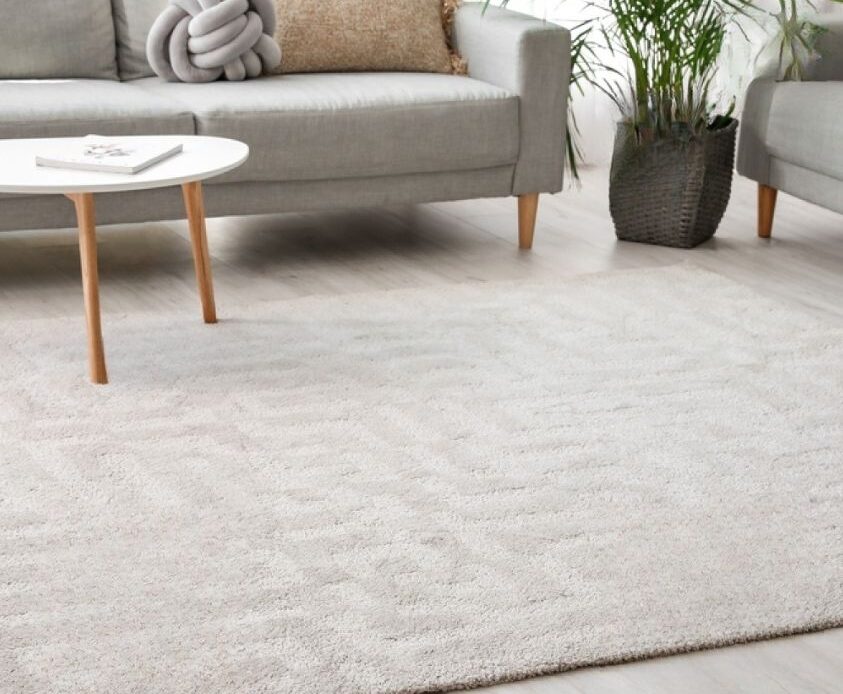Interior design, as we know it today, is a culmination of centuries of artistic, cultural, and technological advancements. Its evolution reflects shifts in societal values, architectural movements, and the convergence of diverse design philosophies. This article aims to trace the fascinating journey of interior designing, from its humble beginnings to the contemporary landscape, demonstrating how it has become a powerful tool for creating functional, aesthetic living spaces.
Prehistoric and Ancient Interior Design
Interior design finds its origins in prehistoric times, where early humans sought shelter in caves and utilized the available resources for practical and aesthetic purposes. As societies evolved, ancient civilizations such as Egypt, Mesopotamia, and China began to shape interior spaces with ornate furniture, textiles, and symbolic motifs. The layout of homes and public spaces started to reflect social hierarchies and cultural values.
Artistic Influences on Interior Design
The Renaissance marked a significant shift in interior design, with a revival of classical aesthetics and a strong emphasis on proportion, balance, and harmony. The wealthy elite showcased their status through opulent interiors, displaying intricate details, frescoes, and elaborate furniture. The Baroque era followed, characterized by grandeur, dramatic lighting, and opulent ornamentation, epitomized by the Palace of Versailles.
Industrial Revolution Impact
The Georgian era emphasized symmetry and proportion in interior design, influenced by neoclassical ideals. With the Industrial Revolution, mass production of furniture and household items became feasible, giving rise to the Victorian era. Ornate and lavish designs were prevalent, reflecting the prosperity and social dynamics of the time.
Embracing Simplicity and Craftsmanship
In response to the excesses of the Victorian era, the Arts and Crafts movement emerged in the late 19th century. It advocated for craftsmanship, simplicity, and the use of natural materials. Interior designers like William Morris emphasized the beauty of handcrafted items and the connection between form and function.
A Revolution in Interior Design
The early 20th century witnessed the advent of Modernism, a movement that embraced innovation, minimalism, and functionality. Pioneered by architects and designers like Le Corbusier and Ludwig Mies van der Rohe, modernism emphasized open spaces, clean lines, and the elimination of unnecessary ornamentation.
Mid-Century Modern and Scandinavian Design
After World War II, a desire for practicality, affordability, and comfort led to the rise of Mid-Century Modern design. Characterized by sleek lines, organic forms, and innovative materials, this style remains popular today. Concurrently, Scandinavian design gained prominence for its simplicity, functionality, and emphasis on natural light and nature-inspired elements.
Celebrating Diversity in Design
The late 20th century witnessed a departure from the rigidity of Modernism with the emergence of Postmodernism. This movement celebrated diversity, incorporating historical references, vibrant colors, and playful designs. Eclecticism gained traction, allowing designers to blend various styles, eras, and cultural elements to create unique and personalized spaces.
Contemporary Interior Designing
Today, interior designing embraces a fusion of styles, technological advancements, and sustainability. Smart homes, energy-efficient designs, and a focus on well-being are shaping the contemporary interior landscape. Designers draw inspiration from the past while integrating cutting-edge technology and sustainable practices, creating functional and visually appealing spaces that cater to the needs and preferences of modern living.
Conclusion:
The journey of interior designing is a testament to the ever-evolving nature of art, culture, and society. From the simplicity of prehistoric shelters to the complex, technology-driven designs of today, interior design has adapted and thrived. As it continues to evolve, it remains a reflection of human creativity, aspirations, and the need for functional and aesthetically pleasing spaces. Understanding its evolution allows us to appreciate the diverse influences that have shaped our homes and the way we experience the world within four walls.



